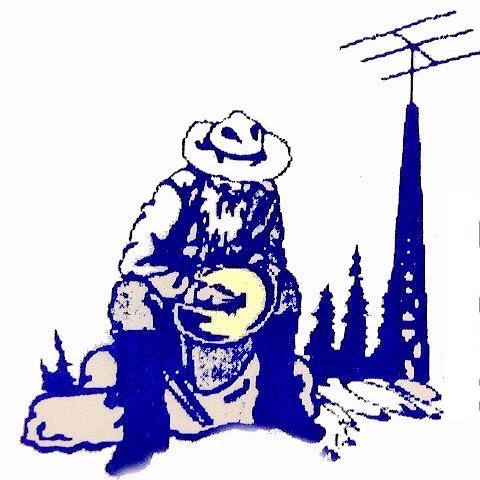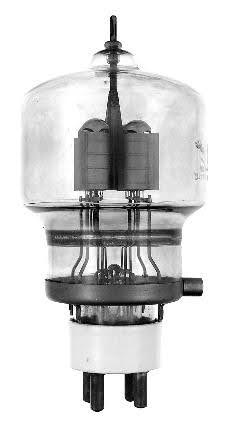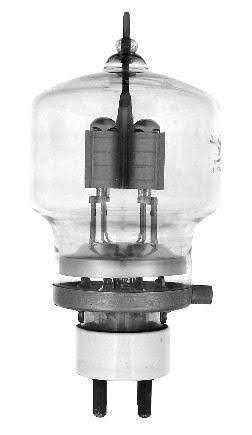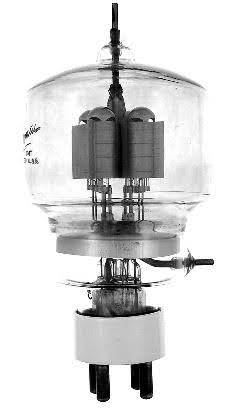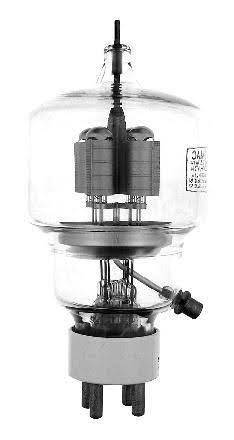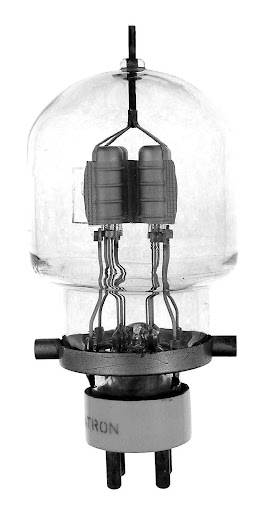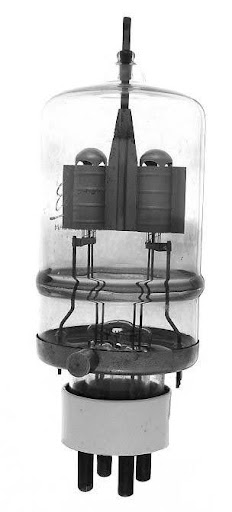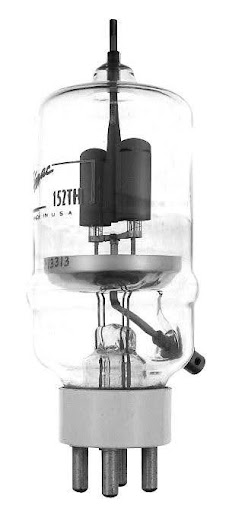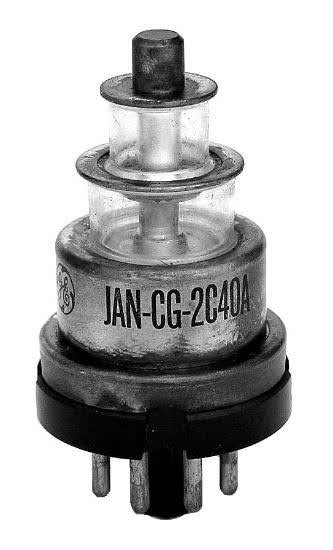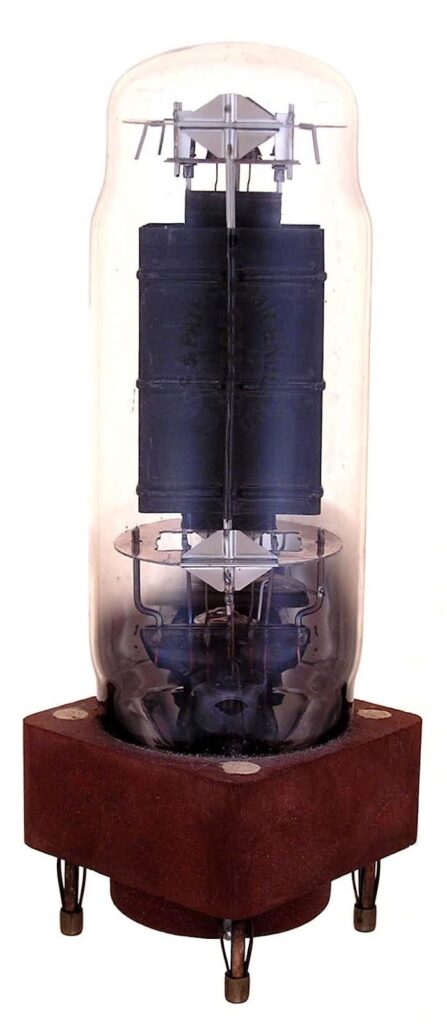by Norm Wilson N6JV – Visit the museum at N6JV.com
UV200-UV201
The Radio Corporation of America (RCA) was formed in 1919. They were a holding company that had bought the patents for the De Forest audion and the Flemming valve. They had no manufacturing capabilities and wouldn’t until 1930. Their plan was to have General Electric and Westinghouse contract out tube construction and RCA would handle distribution and advertising.
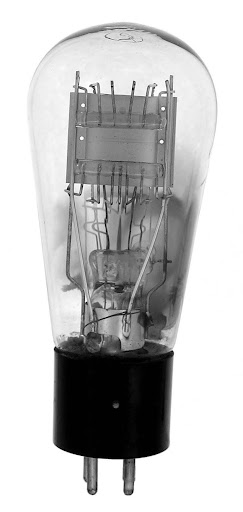
They had a potential legal problem with the Justice Department in that this arrangement was obviously a monopoly. Before WW1, De Forest had been suing Elmer Cunningham for making the Audiotron. Cunningham resumed production after the end of the War and was taken to court by RCA. It seems that Cunningham impressed RCA with his potential capabilities and a deal was made. General Electric would make the tubes in two versions. RCA would sell tubes under their own name and a second line of tubes from the same production line would be sold to Cunningham without any mention of RCA in the marking. They had created their own competition.
In November 1920, GE delivered the first tubes. The UV201 was a high vacuum triode for use as an amplifier or oscillator and the UV200 was a gas filled triode intended as a detector. The tubes were physically identical. RCA would use the UV number and the tubes sent to Cunningham would be marked C301. The amplifier tube used up to 135 volts at 3 ma on the plate and had a tungsten filament rated at 5 volts drawing 1 amp. The detector used 45 volts on the plate and had the same filament. During the first year of production, a worker at GE grabbed the wrong spool of wire used to make filaments and made some tubes with thoriated tungsten. In testing, the tubes worked properly while only drawing .25 amps. This was a major improvement and the new tubes were marked UV201A or C301A. Sales improved. After a few years the UV short pin tubes were replaced with the long pin UX bases. This was an improvement in the electrical contacts and made the tubes easier to use in production radio sets.
